Courses


 Compare
Compare
Business etiquette refers to the requirements and expectations of social and business behavior, practices and conduct that are prescribed by social convention, and a code of ethical behavior among professionals.
0 Lessons
Hours

 Compare
Compare
42 Lessons
20:58:39 Hours
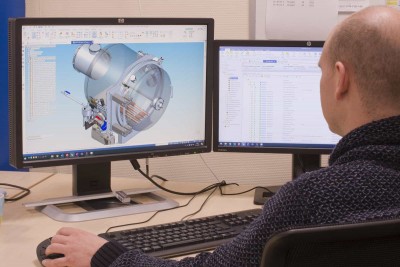
 Compare
Compare
Cryogenic Engineering by Prof. M.D. Atrey , Department of Mechanical Engineering, IIT Bombay. For more details on NPTEL visit http://nptel.ac.in
42 Lessons
35:38:34 Hours
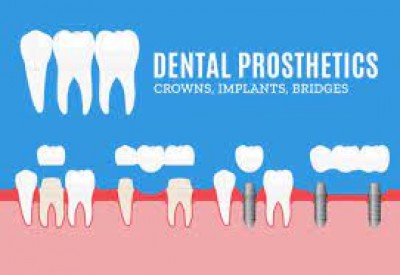
 Compare
Compare
Overview Shows procedures for setting dental implants and creating crowns, bridges, and dentures.
21 Lessons
08:33:04 Hours
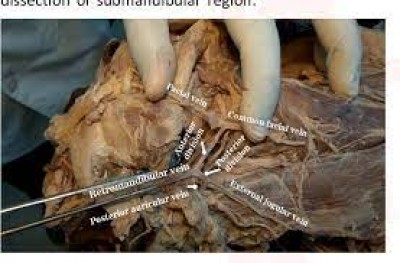
 Compare
Compare
Overview Contents: The Neurovascular Supply of the Mid-Face - Dissection: Vertebral Column, Spinal Cord/Coverings - Thorax; Pleura and Superior Mediastinum - Dissection: Thoracic Contents - Human Skull - Parotid Gland; Blood Vessels of the Face - The Mediastinum and Heart - Masticator and Lateral Pharyngeal Spaces - Lateral Aspect of Face; Facial Nerve - The Heart-facial Muscles - Dissection of Acellular Basement Membrane - Superficial Cervical Region and Posterior Triangle of Neck - Cutaneous Innervation of the Face - Axillary Contents - Gross Anatomy: Cutaneous Nerves of the Back - Cranial Meninges, Dural Venous Sinuses and Cerebrospinal Fluid
47 Lessons
14:30:57 Hours
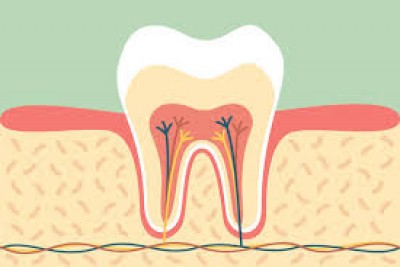
 Compare
Compare
Overview Contents: Primary Dentition - Maxillary Premolars - Maxillary Molars Review - Maxillary Incisors - Mandibular Premolars Review - Mandibular Molars Review
29 Lessons
12:12:02 Hours
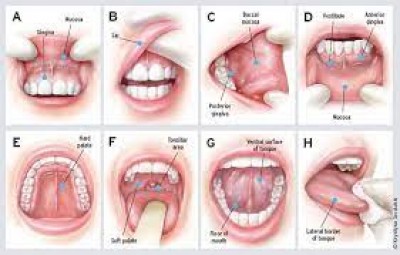
 Compare
Compare
Oral pathology is the study, diagnosis, and treatment of diseases in the teeth, gums, bones, joints, glands, skin, and muscles around your mouth. The American Dental Education Association states that Oral Pathologists require 37 months of advanced education on average to become experts in this field.
21 Lessons
05:56:36 Hours

 Compare
Compare
Overview Contents: Tissue Preparation for Light Microscopy - Spirochetes through the microscope
9 Lessons
03:25:17 Hours

 Compare
Compare
Overview Demonstrates techniques for cross-cultural patient communication
17 Lessons
02:02:57 Hours